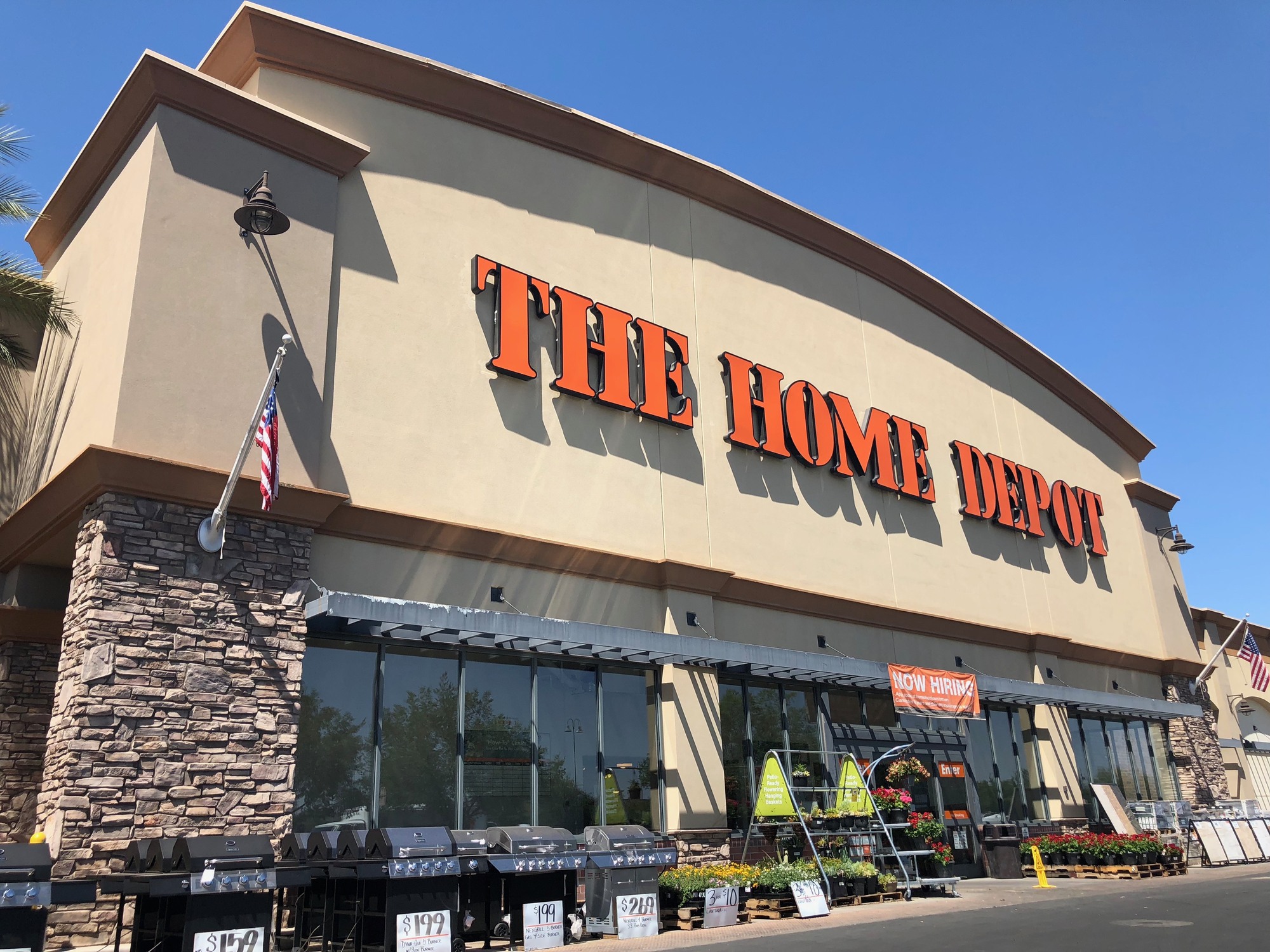
By Douglas Karr, {grow} Guest Author
In the mid-eighties, I moved to beautiful Tempe with my family. It was a temporary stop between high school and enlisting in the United States Navy, but I still needed to make a living and pay my bills while living at home. One of my jobs was working as a lot boy at The Home Depot. Interestingly, before I could go out in the desert heat and help contractors load their trucks with bags of concrete (true story), I had to attend an employee indoctrination class.
The instructor of the class was the manager of the store. I’m 50 now so details about the few months I worked there are a bit fuzzy. However, as I was reading Chapter 4 of Marketing Rebellion, Belonging: The Greatest Human Need, it brought back memories of what I was taught and how The Home Depot operated in its early days. It’s honestly nothing like it operates today, so I’m going to share some of the differences I see and why Mark’s book brings clarity to why The Home Depot may not be the special place it once was.
The marketing mojo
Our manager was a fireball of energy. If my memory serves me correctly, he was transparent about being one of the youngest and most successful managers in the company. As he spoke to us that week, he continued to hammer home the need to make customers feel that we cared and that we were part of their community. And, in turn, he wanted them to belong to The Home Depot’s community.
- The Icebreaker – The first thing he demanded was that we never ask a patron if they needed assistance. The issue with that is that the majority of people simply say, “No, thanks.” and move on. Instead, he had us ask “What’s your project today?”. That open-ended question accomplished two things – it showed that we were interested as employees and it also allowed us to help them with their project.
- The Expertise – He didn’t want us to pretend we knew what we were talking about. Employed at the store were several assistants with backgrounds in carpentry, plumbing, electrical, and renovations. We were required to walk and introduce the customer to the expert and explain the project as best they could so that they could get the advice that they needed. Customers weren’t just coming to The Home Depot to buy stuff, they began flocking to the store because the expertise saved them trips and money.
- The Community – Senior citizens (which there are a few of in Tempe) would come to the store and sit in the lawn furniture section to meet their friends. At one point, an employee mentioned to the manager that the senior citizens weren’t buying anything – they were just hanging around. The manager responded by re-arranging the furniture to make it easier to speak to one another, buying a coffee machine, and bringing in snacks on a frequent basis for the seniors. He didn’t care whether or not they were spending money, they were a part of the community and he wanted to serve them.
Working at the store was amazing. Every weekend, there were countless free workshops that you could sign up for. Installing a kitchen sink? There was a workshop. Repairing your gutters? There was a workshop. They even brought in entertainment for the kids and people often had their pets with.
And, after you bought all of your products, you’d be met by a team that would help you load your car. They even had a tie-down station where you could get help securing your load and tack on a red flag to any lumber hanging out of your truck bed.
The Home Depot may have been a home improvement warehouse store that brought low-prices to the market, but – in my opinion – it skyrocketed because it was the place to go. It was a place to belong.
What Happened to The Home Depot?
A decade later, after I purchased my first home in Virginia and wanted to fix it up, my first visit was to my old employer – The Home Depot. I was quite disappointed when I arrived. No one greeted me as I wandered aimlessly around the store. In fact, the aisles were empty. No one asked me what project I was working on. When I did seek assistance, there was a button I could press and wait ten minutes for someone to arrive. And when they did, they typically didn’t know the answer.
I can only guess that someone analyzing a spreadsheet at corporate saw how much was being spent on hiring knowledgeable staff and saw an opportunity to save money on human resources. I’m not sure if there are workshops anymore – a quick view of their website doesn’t have any information. And, to date, I’ve never seen anyone lounging with a cup of coffee in the yard furniture section.
What’s left?
The Home Depot is a warehouse store just like every other warehouse store. Today, in Indiana, we also have Menards and Lowes. Menards has a much larger selection and Lowes has a Veteran’s discount, so if I’m going to not get any assistance and wander aimlessly around a home improvement store, I’m going to the one that saves me the most money or has the greatest selection. Unfortunately, that’s not The Home Depot.
And, of course, I can just order on Amazon and get anything within a few days. A month ago, I ordered a beautiful trellis and it arrived in perfect shape at my doorstep. I didn’t even need to find a parking spot!
The Home Depot is definitely feeling the heat as they look to Amazon-proof their futures with logistics and delivery options. Outwardly, the company continues to perform spectacularly for the market and continues to hold market share with retail competitors, and delivers great results to their share holders.
The unseen illness with The Home Depot that you can’t find in the market reports is customer loyalty. I can’t help but predict all the investment and logistical changes are simply a race to the bottom. None of those things define these companies as a human company.
I’d gladly pay extra and consistently return to a store that values me and that I can belong to. As many trips in a Saturday that I make on every project, I really wish I had someone at any home improvement store that asks me:
What’s your project today?
The lesson — adopt a human-centered approach or you’re losing your marketing mojo!
 Douglas is the cohost of the Dell Luminaries podcast (with Mark Schaefer) and the founder of Martech Zone. He’s an author, speaker, and marketing and technology consultant.
Douglas is the cohost of the Dell Luminaries podcast (with Mark Schaefer) and the founder of Martech Zone. He’s an author, speaker, and marketing and technology consultant.


